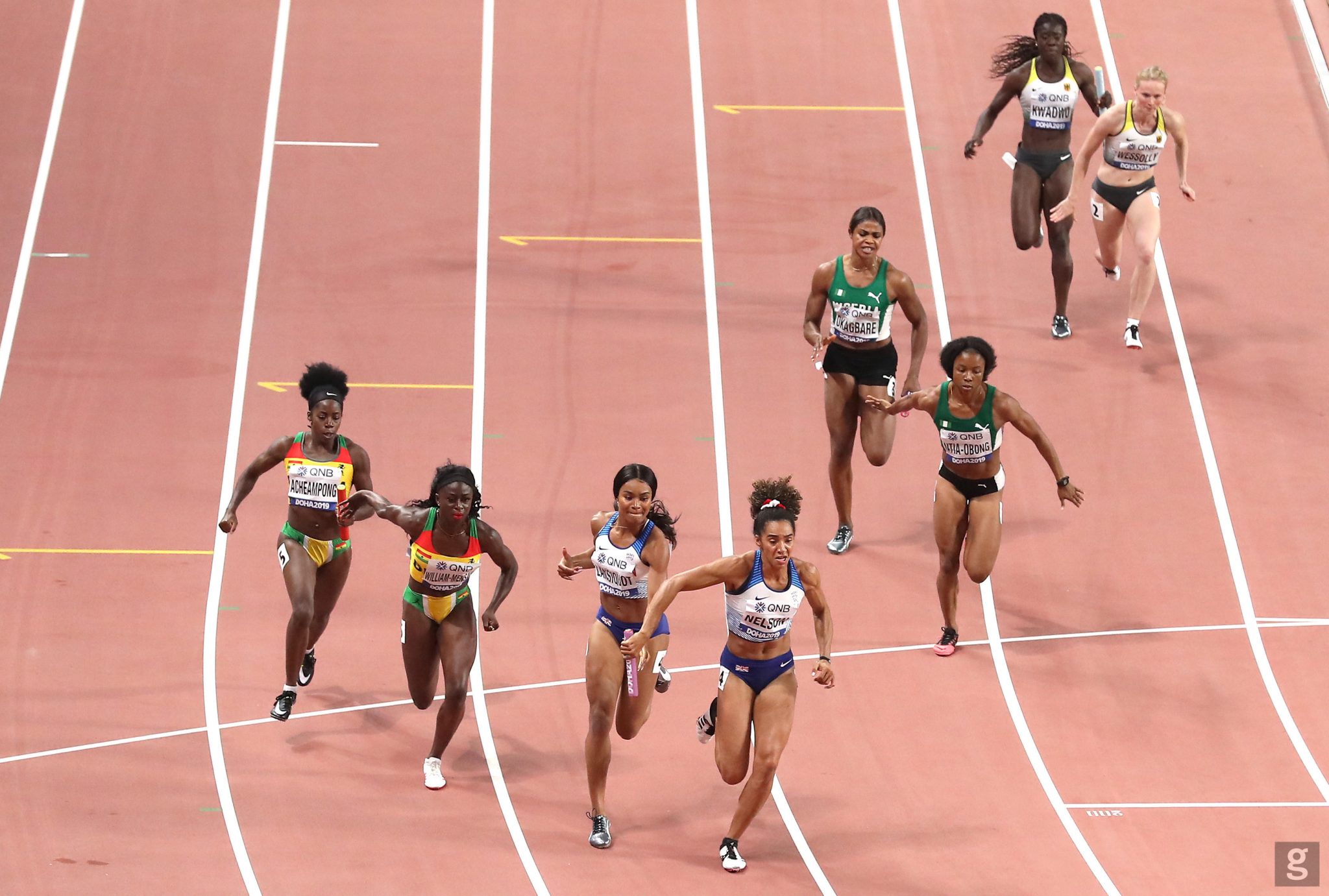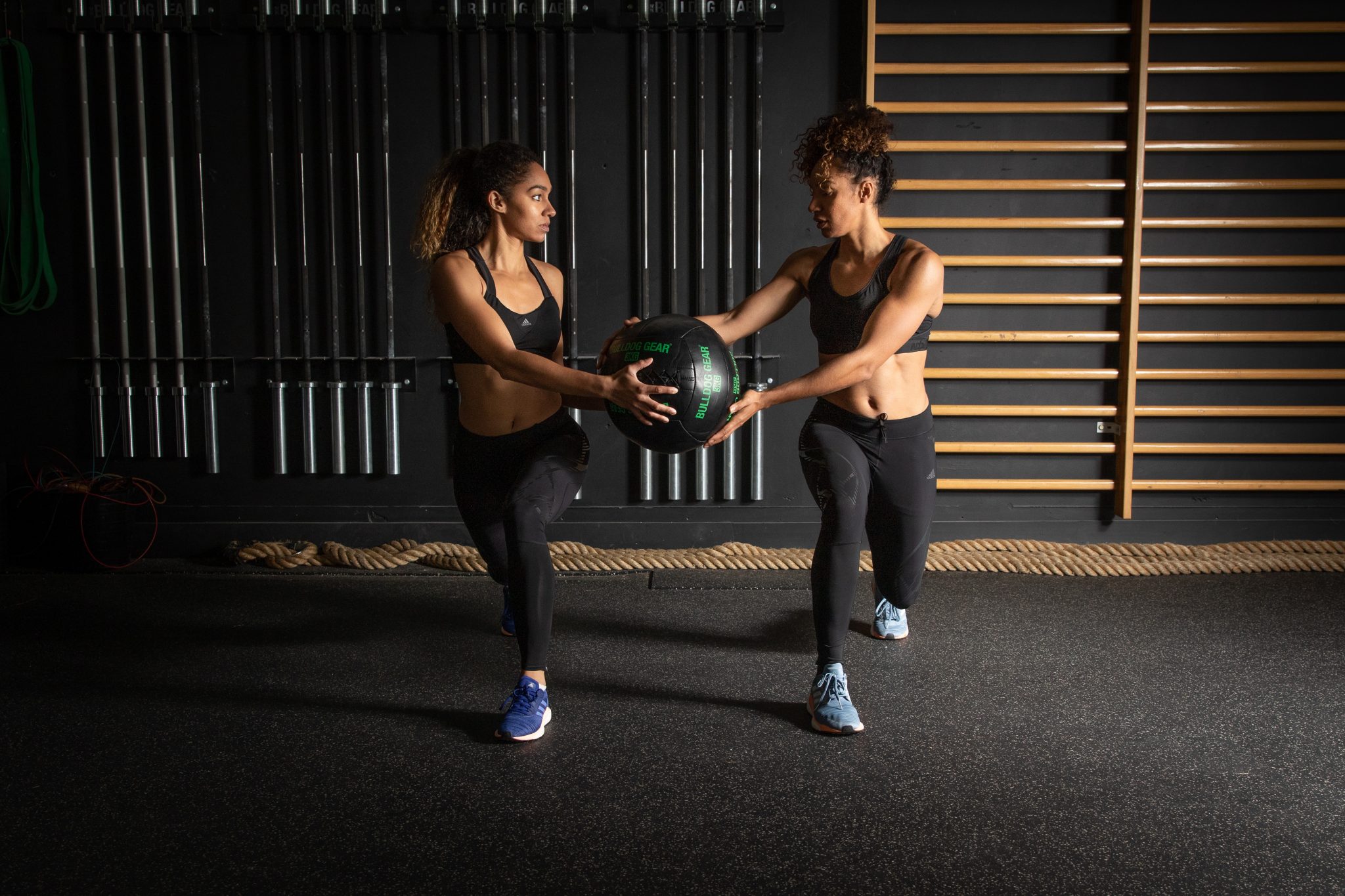
An Olympic sprinter explains how you can run faster, whether you’re aiming for a sub-30 minute 5k or to improve your 10k time.
Speed isn’t everything when it comes to running. The mental health boost, the support for your cardiovascular system and the post-workout endorphins are all amazing reasons to return to the track (or pavement, or field, or wherever it is that you run).
But, sometimes, it’s nice to feel like you’re progressing. Whether you’re into interval sprint training, smashing your 5k personal best or attempting to get better at longer runs, shaving seconds of your time is a great motivator to get out.
You may also like
Running: how to avoid injury now that we're running a lot more than usual
Unfortunately, that’s harder than it sounds. “It can suck. When you feel like something felt fast and then you check the clock, it’s difficult, regardless of whether you’re an amateur runner or at an elite level,” says Ashleigh Nelson.
Ashleigh knows a thing or two about going fast: a 100m and 200m sprinter who has represented Team GB at two Olympics, took home silver at last year’s IAAF World Championships and was part of 2014’s gold winning 4x100m relay team at the European Championships. She’s also co-founder of The Athlete Method, alongside athlete Kerry Dixon, bringing accessible workouts to their Instagram followers.
“Running is called the purest form of exercise because all you need is your body. That makes it sound easy, but it’s not. Running is really, really hard,” says Ashleigh. “However, if you work technically and work on your mindset, eventually you will get results. That’s why I’m still running today: because I believe that I can go faster than I have in the past.”

So, how does she do that going-faster thing? Ashleigh has shared her top pieces of advice on improving your running time. We’d listen to her.
Perfect your form
We know, we know: we keep banging on about form, but it’s for a good reason. Not only is it important to avoid injury and stay safe, but running with proper form will improve performance. “Proper arm and leg movement, rather than jerking all over the place, will actually mean that you’re not expending as much energy so you can put that energy into going faster,” explains Ashleigh. Essentially, if you’re wanting a better time, it’s time to ditch the Phoebe from Friends technique.
Go (over) the distance
If you want to improve the time you run a certain distance in, you’ll need to work on your body’s endurance. “We work on something called over distance training,” explains Ashleigh. “As a 100m runner, I train at 120m. The aim for those extra 20 metres is to not break down technically, which is very important. Then when you do run the 100m at top speed, your body actually finds it quite easy, because it can sustain that form for longer distances.”
You may also like
What is strength-endurance training? Fitness trainers answer the most googled questions
Eat for performance
“Nutrition for a healthy life is different from nutrition for performance,” says Ashleigh. “If you really want to go fast, you need to think about what energy you’re putting in so you can get the right energy out.” What works for you will be different from what works for someone else, reminds Ashleigh, so it’s worth experimenting. But she’ll always recommend pre-run carbs: “I always have porridge before training, made with milk for added protein, and topped with berries.”
Find a run you enjoy
“I could count the amount of times I’ve run a 5K on one hand,” says Ashleigh. “I hate running that distance, so why would I do it? It sounds so simple, but the reason I’m a 100m sprinter is because I’d never be at GB level if I ran 1500m.” For you, that might mean sticking with a 3K run at a speedy pace. Equally, it might mean that you prefer a slower, more pacy 10K.
You may also like
How to stay motivated to run three months into lockdown, according to athlete Kerry Dixon
Don’t neglect the gym
Running fast is a powerful movement, and to be able to do it we need to be strong. “I will be in the gym three times a week doing resistance training and pilates so my core and trunk is as strong as an ox,” says Ashleigh. “I will also be doing hill runs and sled pulls, as well as my sprint training.
Basically, it’s complex to build a body that goes fast, and it takes more than just pounding the pavement for the same distance every single day. “You see us running in a crop top and shorts, but you don’t see all of the other stuff that has gone into it so we can run how we do,” agrees Ashleigh.

While the gyms are shut, Ashleigh recommends you try running with extra resistance, such as a weighted vest. That way, your body will get stronger and when you remove the extra weight you will “fly”.
Set attainable goals
Sounds boring doesn’t it? But in running, especially in running fast, every second counts. That means there is often only minutes between you and athlete level, so deciding to shave big chunks of time off of your PB could be very, very hard, if not impossible. “There’s nothing worse than saying you want to be five minutes faster and realising that that’s the same time that Mo Farah would run,” says Ashleigh.
Her advice is to acknowledge you’ll be getting faster slowly, and taking that in your stride. The seconds will eventually add up.
Recover well
“Our bodies aren’t machines or else we’d all be racing professionally every weekend,” reminds Ashleigh. “Factor in your rest days. Eat, stretch and foam roll.” Simple, but the piece to the puzzle so many of us miss.
Follow @StrongWomenUK on Instagram for the latest workouts, delicious recipes and motivation from your favourite fitness experts.
Source: Read Full Article